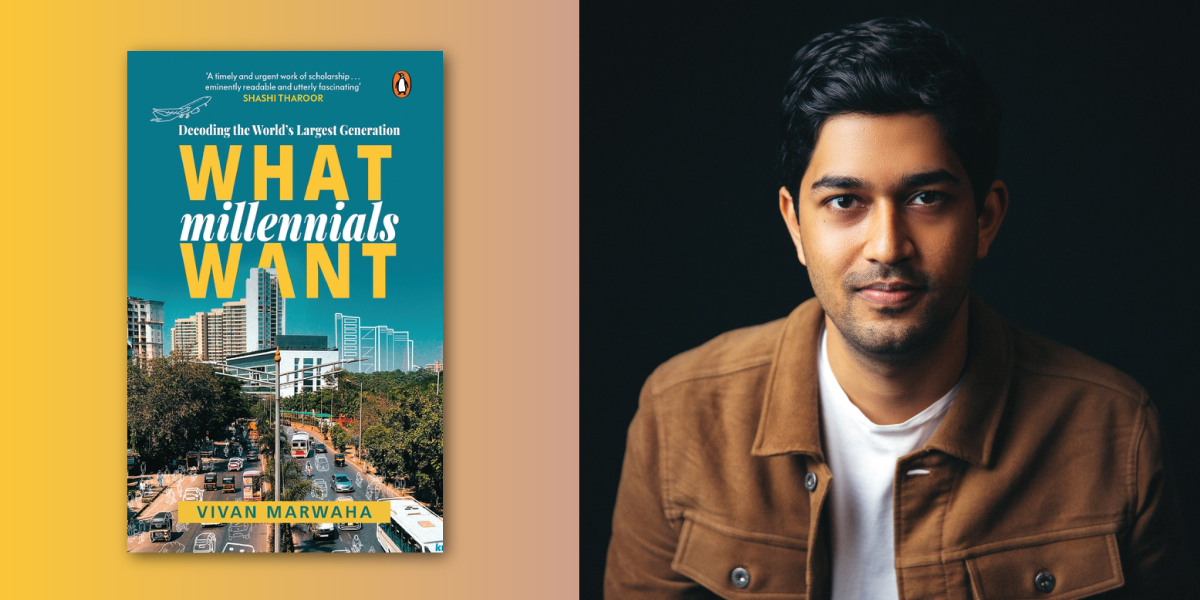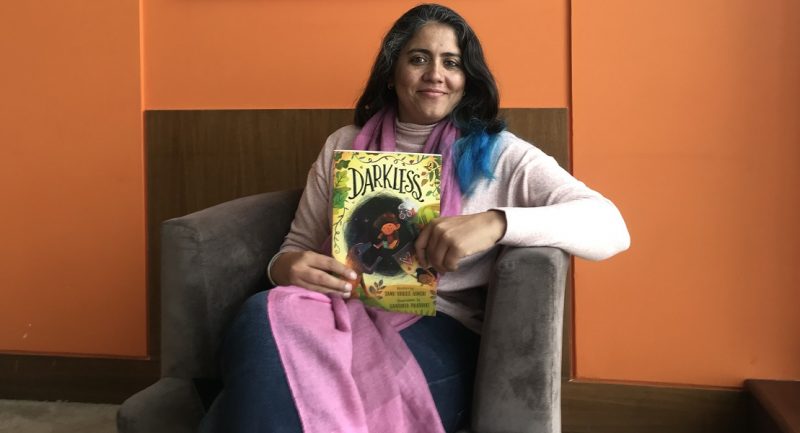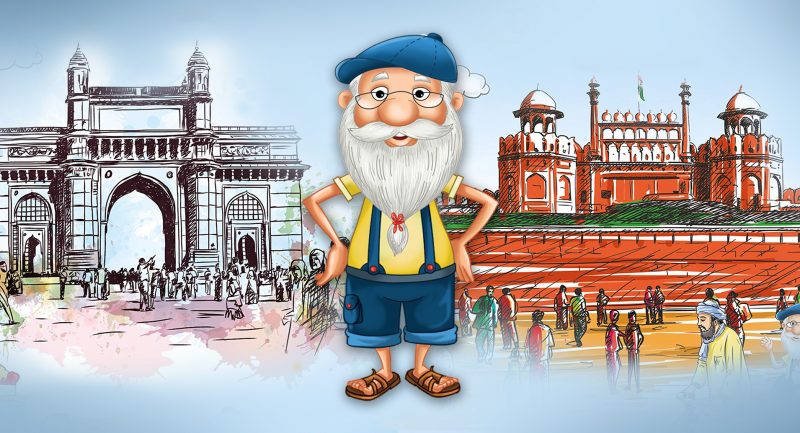
India is one of the youngest countries in the world, thanks to its population of over 400 million millennials. Being in such great numbers shows how this demographic makes their country a huge well of untapped potential. What is it that makes millennials the true influencers, and what is their greatest obstacle?
In this interview, author (and millennial) Vivaan Marwaha answers some key questions about how he worked on this book and the method of writing and researching about such a massive data set.
~

Born between 1981 and 1996, roughly numbering more than 440 million, Indian millennials are without any doubt the largest millennial cohort on the planet.
But how much do we know about this generation? India’s youth is India’s future, but in order to build a prosperous future, we need to comprehensively understand the economic aspirations, social views, and political attitudes of the young Indians who will take the country forward.
Like every other generation in India, millennials are incredibly diverse: with not just significant economic division, but also important linguistic, regional, caste, gender and religious differences, which make the generation difficult to understand as a cohesive group.
Yet millennials have the potential to be India’s most significant generation. If you’re not convinced about why they could become the country’s most important—and potentially most disruptive—generation, consider some of these numbers.
India’s median age, according to a 2021 estimate by the CIA World Factbook, is twenty-eight years. This means that half of its population is under the age of twenty-eight. By contrast, the median age in the world’s top three economies— namely, the United States, China, and Japan—is thirty-eight, thirty-seven and forty-seven years respectively. Among the top ten economies in the world, India has the youngest population followed distantly by Brazil, which has a median age of thirty-two years. By 2021, two-thirds of India’s population will be within the working age of twenty to thirty-five years.
These young Indians will be the world’s largest labour force and market for goods and services. This is what is referred to as India’s ‘demographic dividend’. This term was popularized by academics, journalists, and businesspersons keen on investing in India in the early 2000s, who saw the country’s youth as an asset in the longer-run, particularly when compared to China, a country whose one-child policy was viewed as a demographic crisis in the making. It was believed that with the right education and investment in human capital, a growing middle class and an increase in foreign investment in the economy, India would not only enjoy high single-digit and even double-digit GDP growth, but its millennials and working-age population would power the country to transform itself like many east Asian success stories.
India’s millennials can only become a global power if they have cash in their wallets and stable jobs.
But there’s scant attention paid to millennials as a unique generation. Instead of viewing them as independent islands of young Indians based on their caste, class, or religion, in my book, I shine light on what brings them together—their common aspirations, anxieties, and experiences. When new policies and cultural issues are debated in India, lawmakers, news reporters and commentators all too often neglect to consider the impact these developments have on the millions of young Indians currently getting their education or joining the economy. The quality of their education; their opinions on hot-button cultural issues; their political beliefs; and whether they find employment will be crucial to India’s future in the economic and political order of the 21st Century. As the country seeks to become a global leader, members of its most populous generation will soon become its most powerful, and it is hard to overstate the importance of understanding the attitudes, behaviours, and views of India’s millennials. What Millennials Want is a book which combines data and anecdotes to narrate an intimate biography of this dynamic and important generation.









